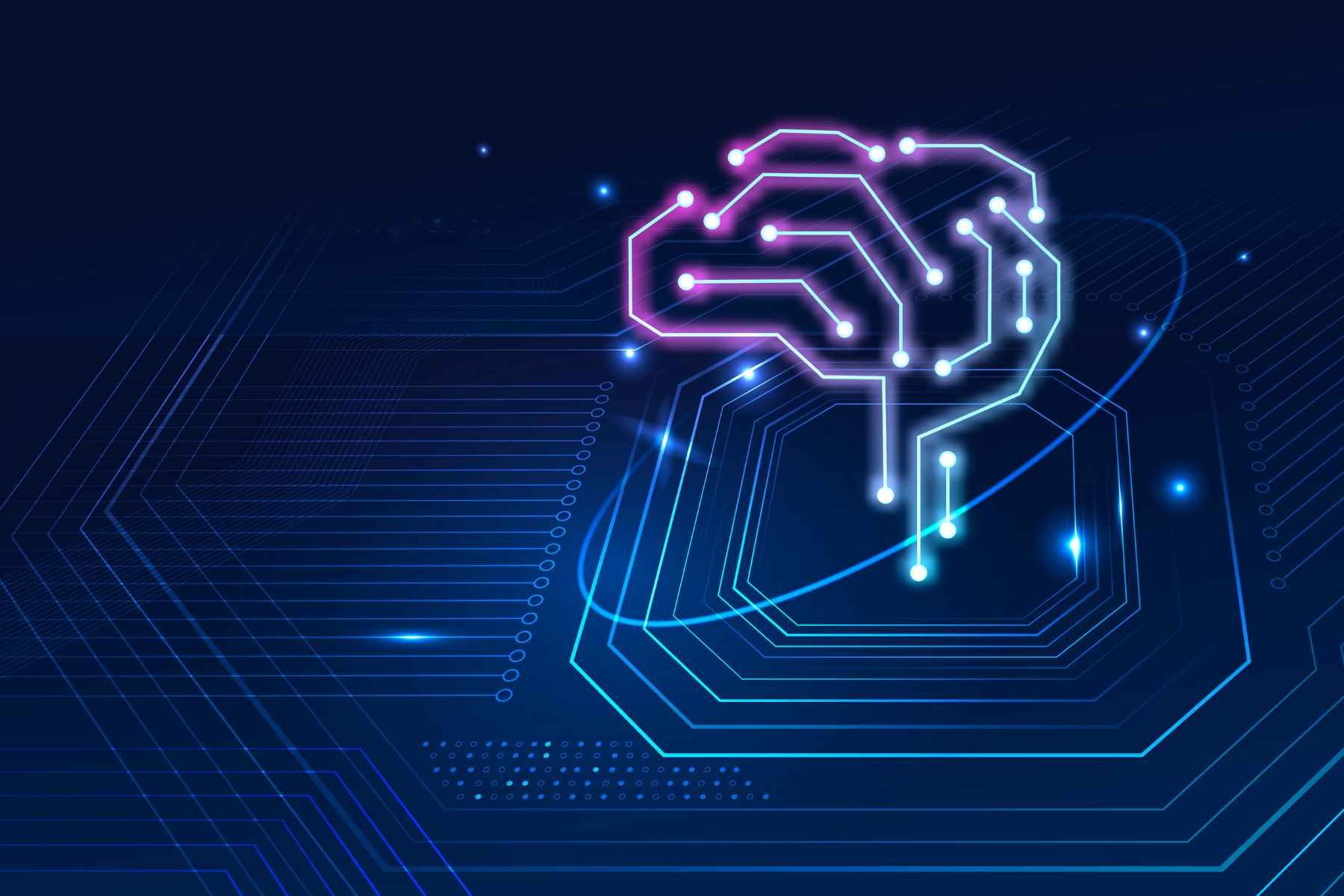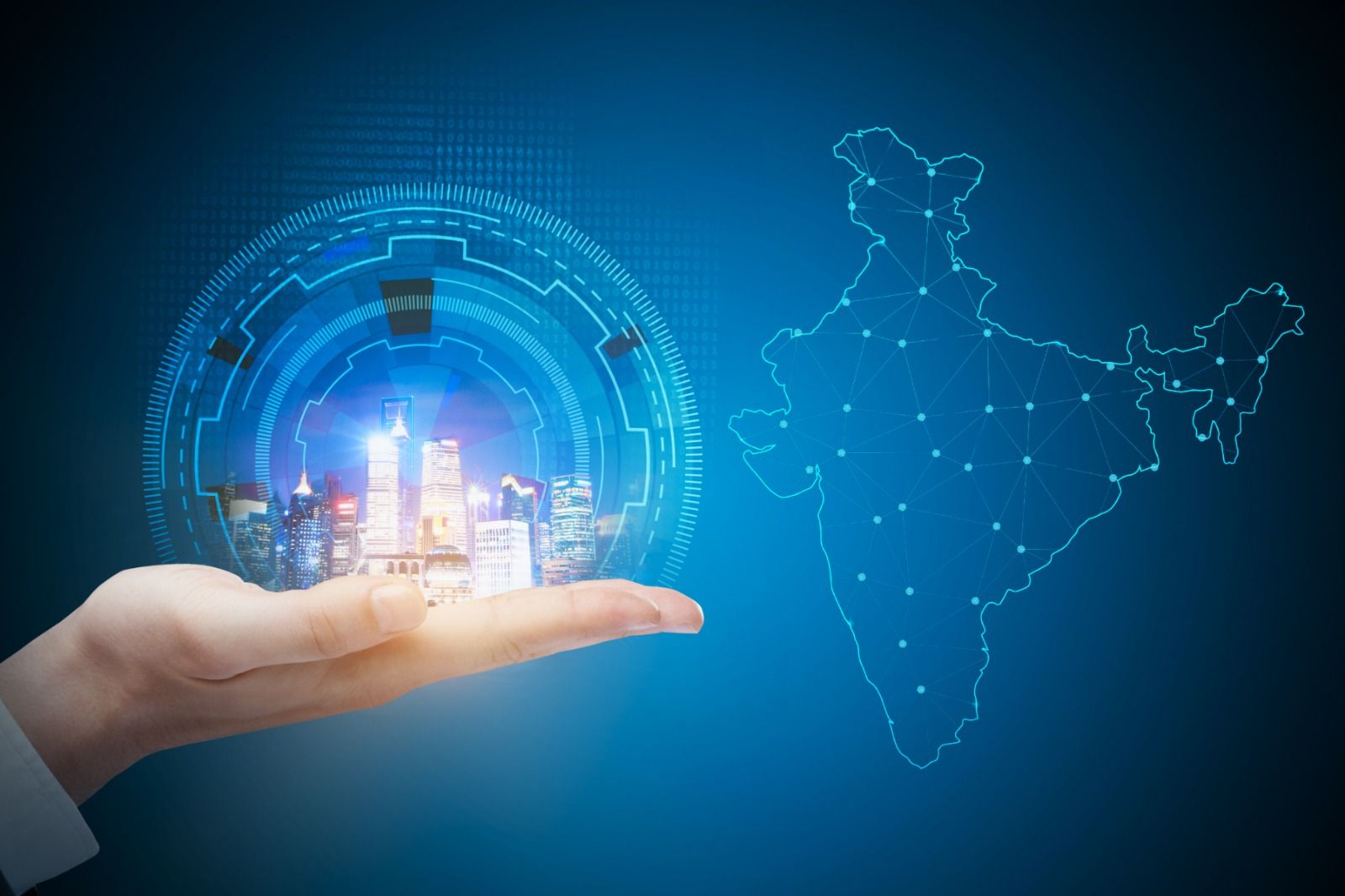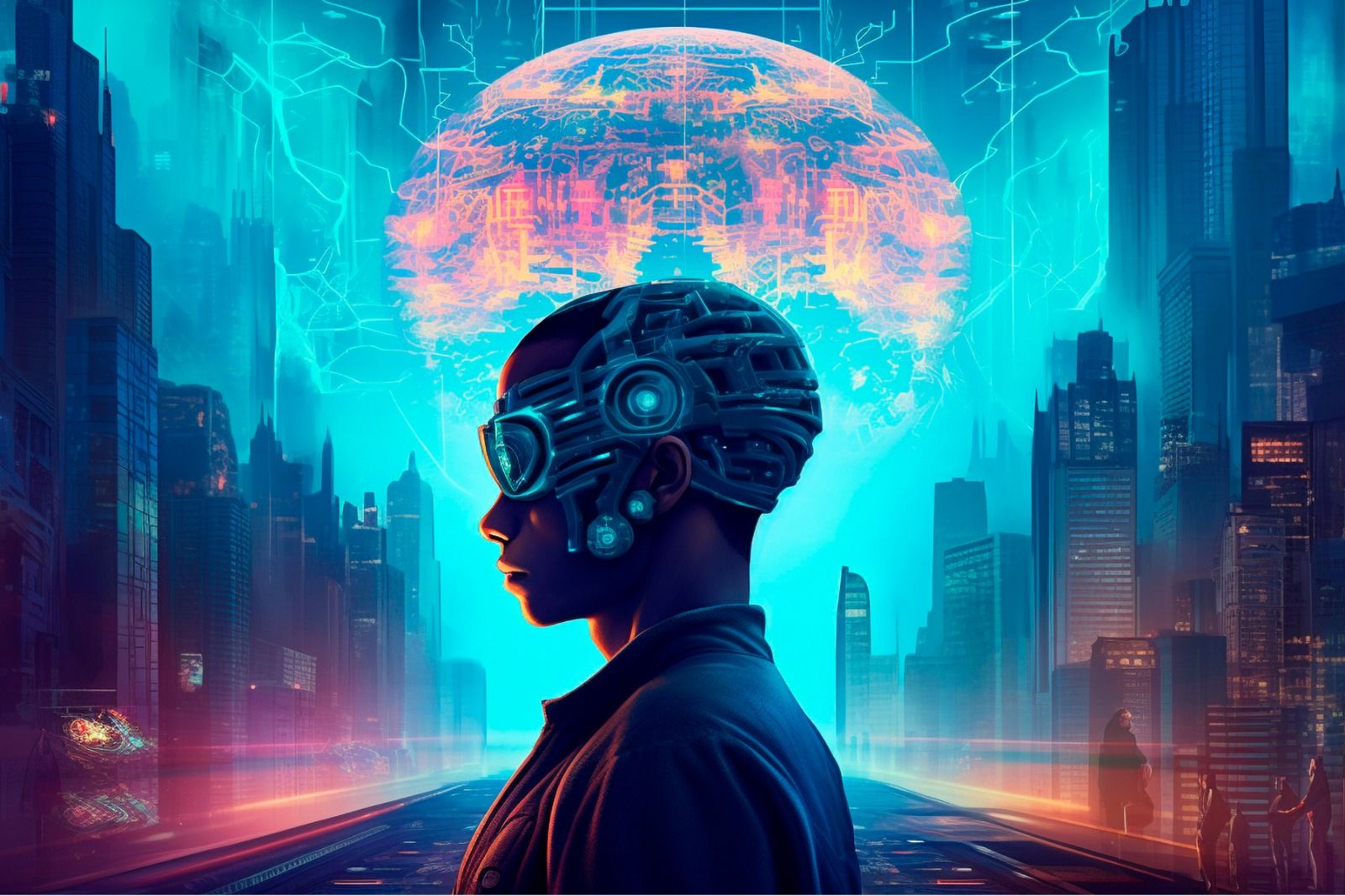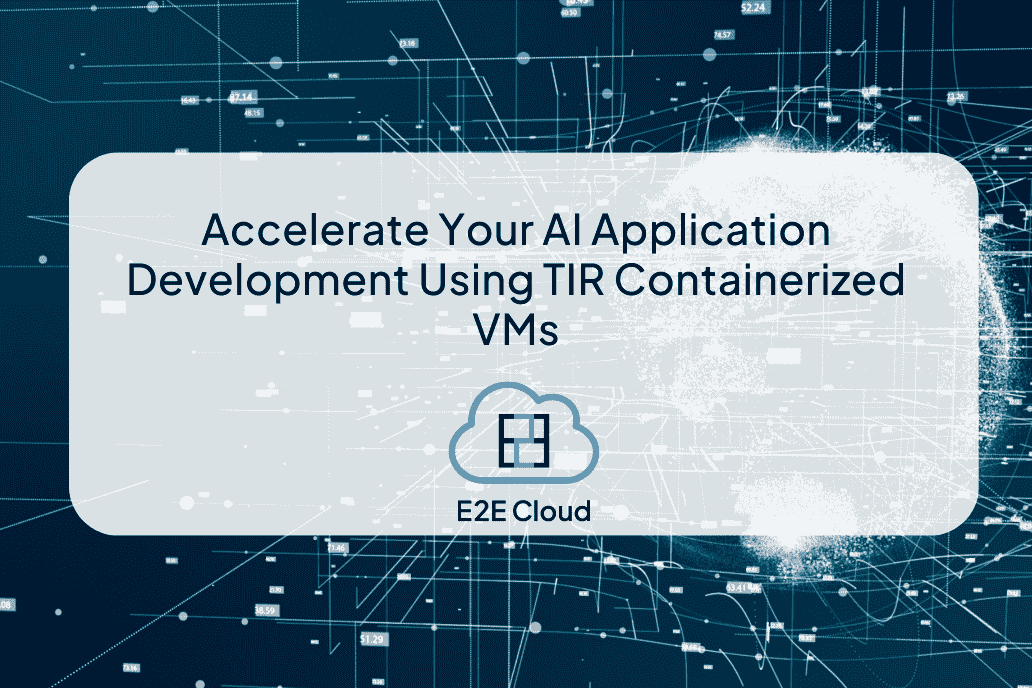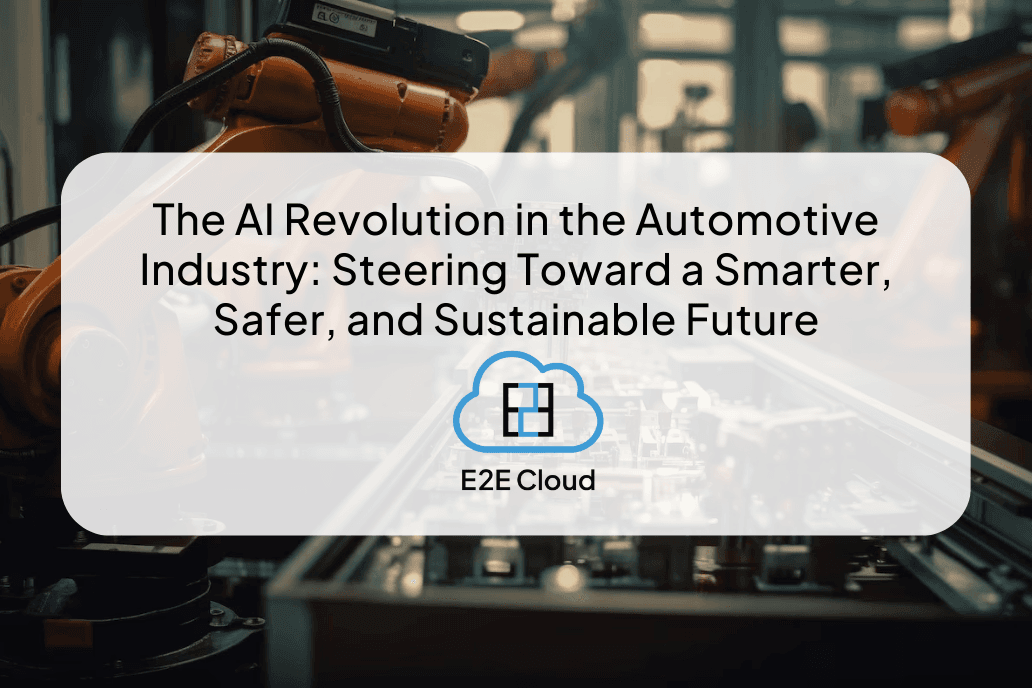Introduction to GPU
GPU usage is gaining popularity these days, specifically in the field of Deep Learning. It is a known term among data scientists who struggle to get high-performing code. Looking at GPU development’s brief history, GPUs and CPUs form the GPGPU (General Purpose Graphics Processing Unit) when set up parallelly.
GPGPU can analyze graphic data or image data. GPGPUs were developed to get something that can process the graphic or image data better but later found it fit for computing the scientific data as the processing of image or graphics data involves the use of matrices.
GPGPUs were started to be used for scientific computing problems around 2001 by implementing matrix multiplication. But implementing the first algorithm on GPU made researchers realize that GPU is faster.
Later, NVIDIA came into existence, which has CUDA as a high-level language. It can help writing programs to process graphic data in a high-level language. It made the researchers identify the real potential of GPU over CPU.
Difference between CPU and GPU
The execution that a GPU performs also gets done by a CPU, but the CPU is slower as compared to GPU. It is the main difference between the two that GPU performs much faster as compared to the CPU. Below are the differences between a CPU and a GPU:
- Memory: The memory requirement of the CPU is more as compared to the GPU memory requirements.
- Speed: The speed of the GPU is much faster as compared to the CPU. It means the model may execute in hours while using GPU that might take days to execute with CPU.
- Cores: The CPU has few powerful and complex cores present in minute size, while GPU has a comparatively weaker but simple core.
- Instruction processing: CPU is more suited for serial instruction processing, while GPU is more suited for parallel instruction processing.
- Performance: The focus of the CPU is on low latency, while GPU focuses on high throughput.
How to Choose the Best GPU?
The selection of GPU depends upon the performance required by the Deep Learning project. The GPU should get selected because the project will run for a long time. GPU should be able to support the project in clustering and integration.
Different factors that you need to consider while choosing the best GPU for your Deep Learning project:
- Interconnecting GPUs
The interconnecting GPUs directly affect the scalability of the project. These interconnecting GPUs also decide whether multiple GPUs can get used and the different distribution strategies that can be used. Interconnecting GPUs does not support consumer GPUs. As an example, NVlink connects GPUs within the server, while Infiniband connects multi GPUs to different servers.
- Software in Use
It is necessary to understand the different libraries that a specific GPU supports. The different Machine Learning libraries support different GPUs. Thus, your selection of GPU depends upon the kind of Machine Learning libraries you are using.
To exemplify, NVIDIA GPU supports most of the common frameworks and Machine Learning libraries, such as TensorFlow and PyTorch.
- License
The license requirements for different GPUs also vary. For example, some chips in data centers are not allowed to get used, according to NVIDIA’s guidance. According to the licensing updates, CUDA software has restrictions on usage for consumer GPU. The license requirements might also need the transition into the production-supported GPUs.
- Use of Algorithms
The scale-up of algorithms has below three affecting factors while using across multiple
GPUs:
- Data Parallelism: It depends upon the size of data being used and processed by the algorithm. If the size of the data set is large, then the selected GPU should work efficiently on multiple GPU training.
If the data set size is very large then Infiniband should get used that enables the distributed training. It is because very large data sets need the servers to communicate speedily with storage components and with each other.
- Memory Use: The memory requirements of the training data also affect GPU usage. As an example, the algorithms using long videos or medical images as the training data set need GPU with large memory.
On the other hand, simple training data sets used for basic predictions are usually small, and lesser GPU memory will work.
- GPU Performance: GPU selection also depends upon the performance of the model. To exemplify, normal GPUs get used for development and debugging purposes.
Strong and powerful GPUs are needed in the case of model fine-tuning so that the training time can get accelerated and waiting hours can get reduced.
Few Recommended GPUs
If you are using Deep Learning for learning purposes, then RTX 2060 (6GB) should get used.
RTX 2070 (8GB) is recommended in case the budget is less. For a higher budget, RTX 2080 (11GB) can be used. For SOTA models, Quadro 24 GB or 48 GB are recommended.
To know more click here:- http://bit.ly/2RgD6om



